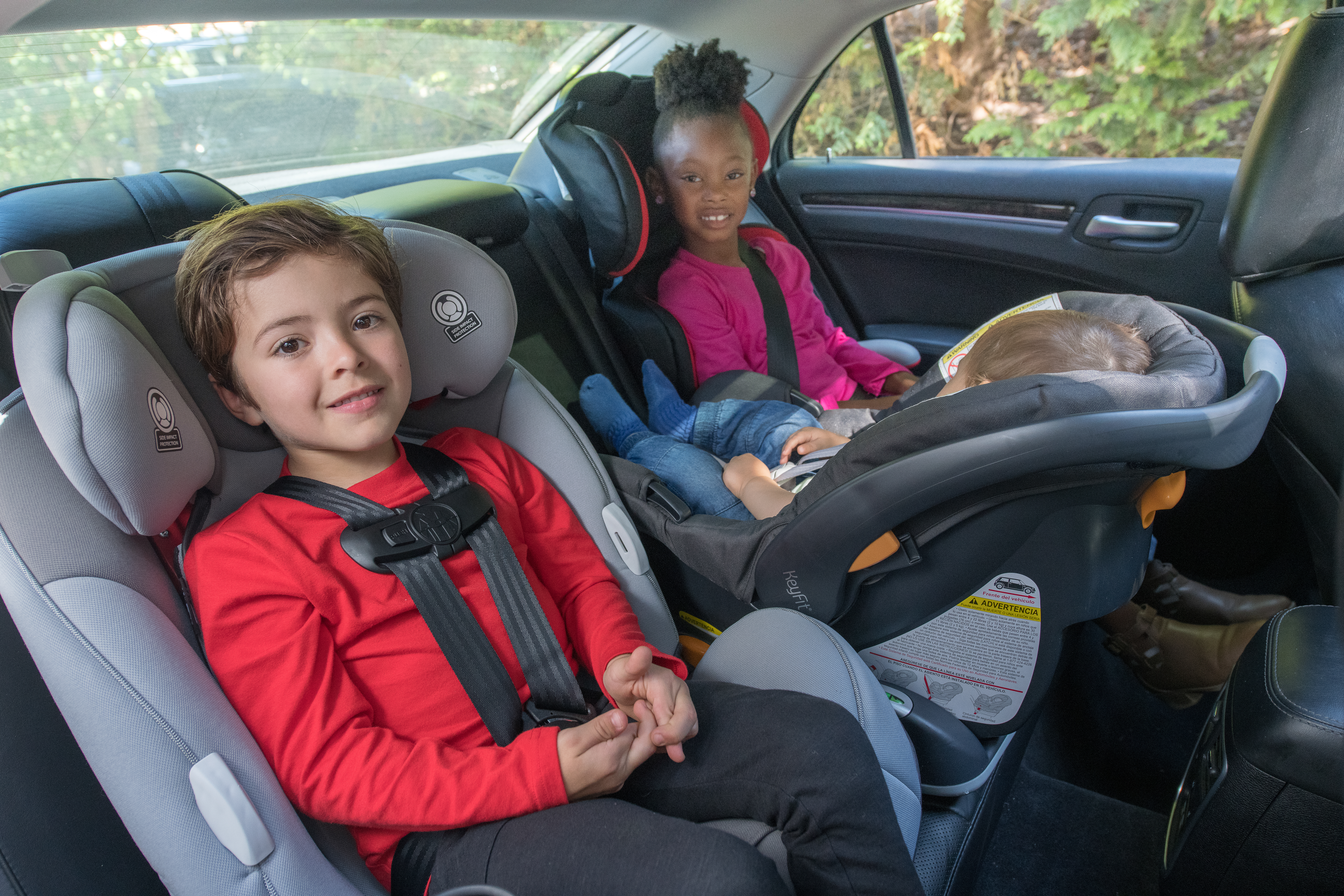Car Seat Safety
How do I choose the right car seat for my child? Click on the ages above to learn how to choose a car seat by age and size. Use the car seat correctly every time you travel to help prevent injury to help keep your child safe.

Do you have questions about car seats?
Call our FREE Safety Store Helpline at 317-274-6565. You can talk live with our staff Monday-Friday from 9:00 AM to 4:00 PM about your safety questions.

